With deep expertise in the Japanese market and global trends, we empower brands to expand internationally. Bridging cultures, languages, and markets through strategic digital marketing, cross-cultural communication, and authentic brand storytelling.
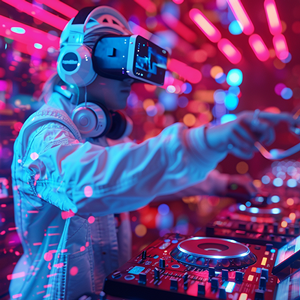

sns-column
September 2025 Trends
AI-Led Marketing, Video Commerce, UGC Strategy, and AR/VR Playbooks
Region: Global
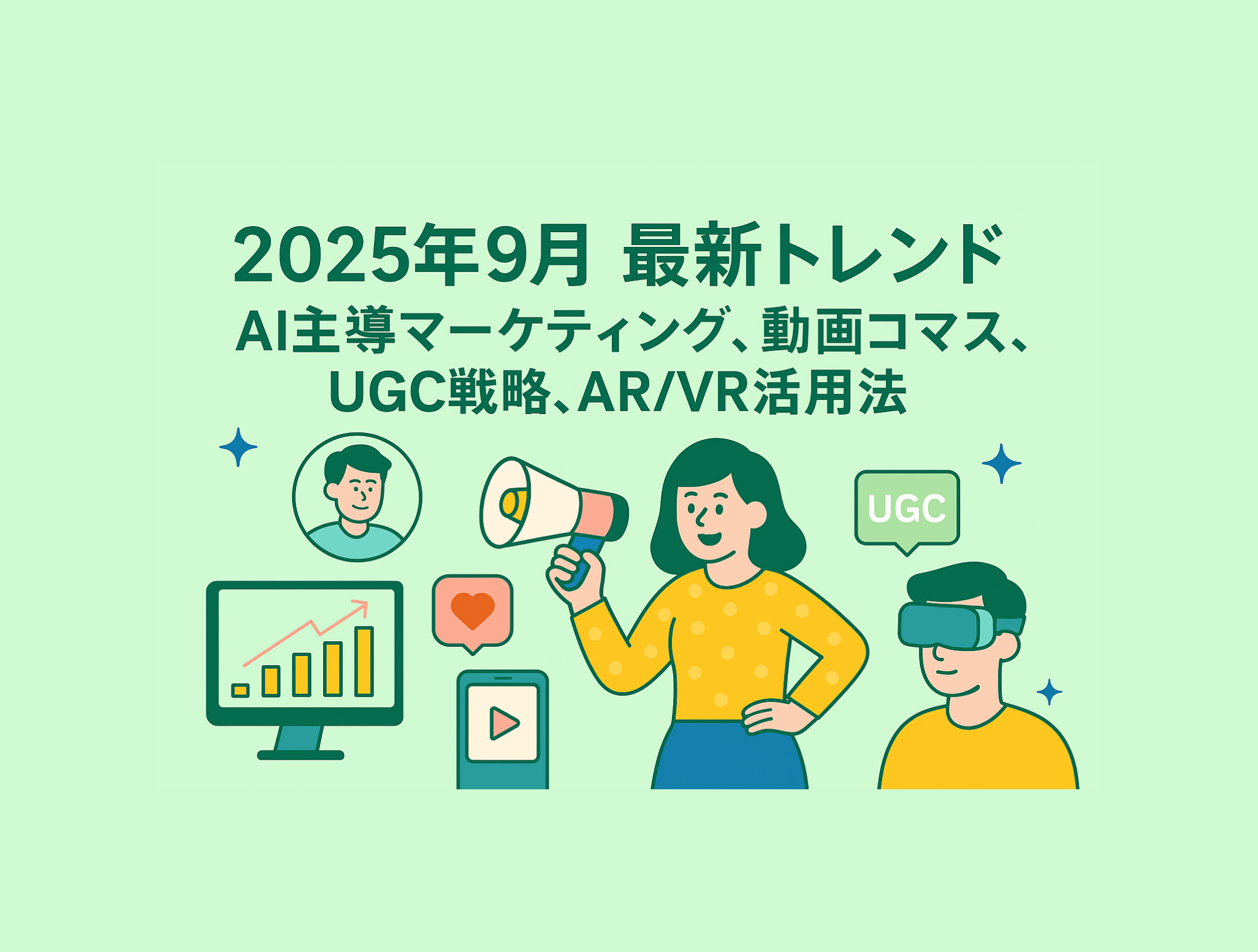
Table of Contents
AI-Driven Marketing — The Frontier of Efficiency and Hyper-Personalization

- Introduction: A new AI-led marketing era
- Generative AI is reinventing ad production
- 2-1. Shorter, optimized production cycles
- 2-2. The rise of next-gen platforms
- Advanced personalization
- 3-1. Addressing diversified consumer behavior
- 3-2. Lowering customer acquisition cost
- Ethics and transparency
- 4-1. A tightening regulatory climate
- 4-2. Trust at stake
- Blending automation with human value
- 5-1. Efficiency isn’t enough
- 5-2. Building a collaborative ecosystem
Video Commerce — Shoppable Experiences and Cultural Nostalgia
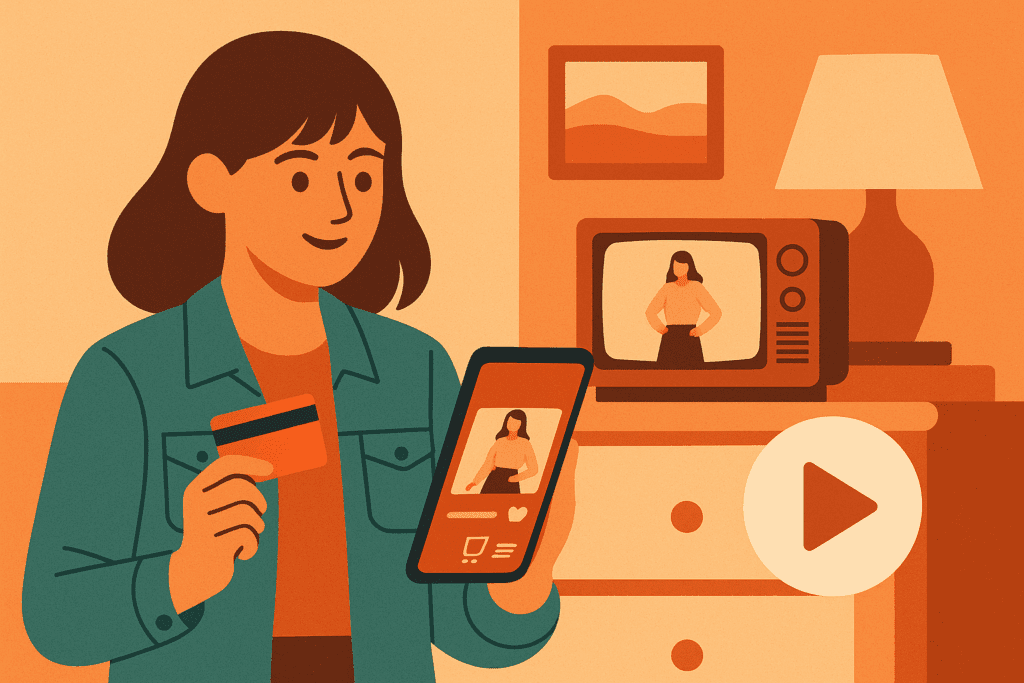
- The arrival of the video-first era
- 1-1. Video dominates the digital landscape
- Evolution of shoppable video
- 2-1. Interactive buying journeys
- 2-2. Growth market potential
- Personalized video content
- 3-1. AI-driven optimization
- 3-2. High-income users and Gen Z
- Short-form video and editing advances
- 4-1. The dominance of short-form
- 4-2. AI editing and avatars
- Nostalgia strategies and cultural resonance
- 5-1. A re-appraisal of “millennial cringe”
- 5-2. Emotion-led brand strategy
- Strategic takeaways
UGC × AI — Balancing Trust and Scalability
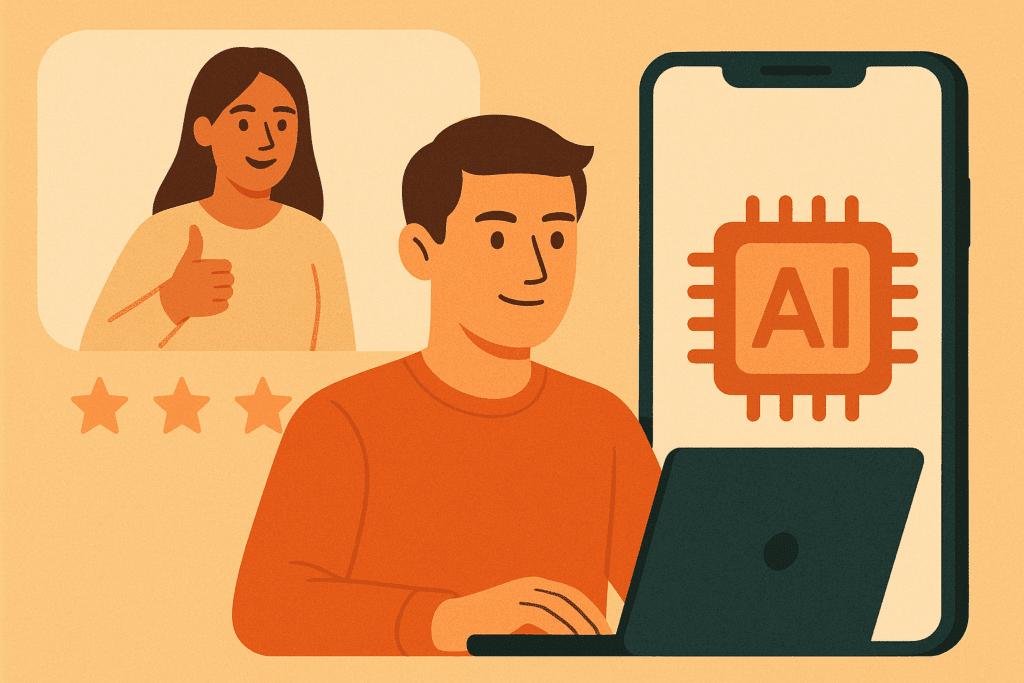
- Introduction: UGC at center stage
- How AI amplifies UGC value
- 2-1. Achieving scale
- 2-2. Multilingual, multi-market readiness
- Safeguarding credibility
- 3-1. Preserving authenticity
- 3-2. Compliance and ethics
- Human–AI co-creation outcomes
- 4-1. Better results via collaborative editing
- 4-2. Accelerating marketing investment
- Success cases in UGC–AI integration
- Strategic takeaways
AR/VR and Immersive Marketing — The Next Wave of Customer Engagement
- Introduction: Immersion becomes mainstream
- Rapid AR/VR market growth
- 2-1. Expanding global market size
- 2-2. Aggressive retail & entertainment investment
- AR use cases
- 3-1. Virtual try-on
- 3-2. Seamless links with physical stores
- VR for immersive experiences
- 4-1. Virtual showrooms
- 4-2. Entertainment extensions
- Evolving with AI
- 5-1. Dynamic personalization
- 5-2. Richer interactions
- Strategic takeaways
Summary and Strategic Outlook Beyond September 2025
- Key trends as of Sep 2025
- Where the market is heading
- 2-1. Deeper AI and automation
- 2-2. Video-led communication
- 2-3. Brand–UGC co-creation
- 2-4. Mass adoption of immersive experiences
- Strategic recommendations
- 3-1. Build AI-based data strategy
- 3-2. Multi-layered video content
- 3-3. UGC quality control & guidelines
- 3-4. Optimize AR/VR investment
- Conclusion
AI-Driven Marketing — The Frontier of Efficiency and Hyper-Personalization
- 1. Introduction: A new AI-led marketing era
As of September 2025, rapid advances in generative and agentic AI have brought marketing to an inflection point. Teams are shifting from manual production to data-driven, automated workflows where efficiency and outcomes must scale in tandem.
- 2. Generative AI is reinventing ad production
- 2-1. Shorter, optimized production cycles
Sir Martin Sorrell notes that generative and agentic AI have delivered unprecedented speed and efficiency. Processes that once took months (ideation → production → distribution) now finish in weeks or even days.
- 2-2. The rise of next-gen platforms
Tools like Runway, Luma, and Minimax are improving both quality and speed. Agency models are shifting from hourly billing to outcome-based compensation, accelerating structural change across the industry.
- 3. Advanced personalization
- 3-1. Responding to diversified behavior
With consumer preferences more fragmented and complex, one-size-fits-all marketing underperforms. Real-time, AI-powered hyper-personalization is now standard for delivering optimal experiences to each user.
- 3-2. Reducing customer acquisition cost
According to IBM, companies adopting these approaches report up to 50% reductions in CAC. Mining purchase histories and behavioral data to deliver timely, relevant messages boosts loyalty and engagement.
- 4. Ethics and transparency
- 4-1. A tightening regulatory climate
The AI surge highlights issues of privacy and algorithmic fairness. With stricter regimes like GDPR and CCPA, explainable AI and operational transparency have become urgent priorities.
- 4-2. Trust at stake
Neglecting ethical risks can erode brand equity and customer trust. Balancing convenience with ethics is now a top priority in AI marketing strategy.
- 5. Blending automation with human value
- 5-1. Efficiency isn’t enough
Despite automation, customers still expect human empathy and personal care. Over-reliance on bots is already depressing satisfaction in many service contexts.
- 5-2. Building a collaborative ecosystem
Brands must construct hybrid CX models where AI’s speed/precision complements human flexibility and judgment.
Video Commerce — Shoppable Experiences and Cultural Nostalgia
- 1. The video-first era
- 1-1. Video dominates the digital landscape
In 2025, video is no longer a supporting asset. Roughly 82% of internet traffic is video, and consumers watch 100+ minutes/day. IAB reports U.S. digital video ad spend grew 18% YoY to $64B in 2024, with $72B forecast for 2025. Video wins on information density, storytelling, and immersion.
- 2. Shoppable video evolution
- 2-1. Interactive buying
Platforms like TikTok Shop, Instagram Shopping, YouTube Shopping normalize watch-and-buy flows. In China and SE Asia, shoppable live streams are mainstream, with 1.5–2× the conversion of traditional EC.
- 2-2. Growth potential
The video-commerce market is growing ~26% CAGR and could reach $6T by 2030. Gen Z and Millennials naturally adopt “watch while buying,” requiring brands to realign strategy.
- 3. Personalized video content
- 3-1. AI optimization
AI enables instant, individualized video ads based on browsing, purchase, and preference data—lifting engagement and purchase intent.
- 3-2. High-income users & Gen Z
Idomoo reports 93% of Gen Z and 88% of high-income users want personalized videos; 93% of consumers show strong interest in interactive video.
- 4. Short-form supremacy & editing tech
- 4-1. Short-form dominance
TikTok, Reels, and Shorts remain dominant; 30–60s assets show the highest engagement and superior completion/share rates.
- 4-2. AI editing & avatars
Auto-editing and AI avatars let brands mass-produce high-quality video at low cost while tailoring stories by audience.
- 5. Nostalgia & cultural resonance
- 5-1. The comeback of “millennial cringe”
Brands like Crocs, Duolingo, and Taylor Swift win with self-aware yet sincere content, resonating strongly with youth.
- 5-2. Emotion-led strategy
Authenticity and emotion-forward storytelling are essential to build trust and loyalty.
- 6. Strategic takeaways
Video commerce: Double down on shoppable formats to make purchases seamless.
Personalization: Deploy AI for real-time, individualized video ads.
Short-form: Prioritize tightly edited short videos for peak engagement.
Nostalgia: Use cross-generational, emotion-centric storytelling.
UGC × AI — Balancing Trust and Scalability
- 1. UGC at center stage
By 2025, UGC has become a core brand lever. With ad fatigue rising, genuine user voices now wield unprecedented influence.
- 2. AI lifts UGC value
- 2-1. Scale
Generative tools and auto-editing make it possible to produce large volumes of UGC-based ads quickly, speeding campaign rollout.
- 2-2. Multilingual, multi-market
AI translation/localization lets brands repurpose domestic UGC globally with auto-subtitles and voiceovers, accelerating exposure.
- 3. Ensuring credibility
- 3-1. Maintain authenticity
Over-editing risks undermining “realness.” Brands need transparent disclosure and solid rights/contracts with creators.
- 3-2. Compliance & ethics
Be rigorous with copyright/image rights. If AI-generated assets are used, clearly distinguish them from original UGC and stay legally/ethically clean.
- 4. Human–AI co-creation wins
- 4-1. Collaborative editing
Studies show AI-generated titles perform, but human-tuned versions further lift watch time/engagement. Human + AI wins.
- 4-2. Investment accelerates
At Cannes Lions 2025 CMO Insider, 71% of CMOs said they’d invest $10M+ in AI over the next year—driven by the ROI of UGC × AI.
- 5. Success cases
Globalizing cosmetics brand: AI-translated/optimized UGC deployed across markets → +120% YoY overseas sales.
Restaurant chain: AI-edited review videos as shorts → menu item sales +30% during campaign.
Fashion EC: AI trend analysis + UGC-infused ads → higher repeat purchase rates.
- 6. Strategic takeaways
UGC policy: Codify editing rules that protect authenticity and disclosure.
AI integration: Use AI across translation, editing, analytics to raise efficiency.
Guidelines: Update legal/ethical playbooks.
Co-edit model: Formalize human–AI collaboration to balance quality and speed.
AR/VR and Immersive Marketing — The Next Wave of Engagement
- 1. Immersion goes mainstream
AR/VR has moved from “experimental” to central in customer experience. 5G, cloud, and wearables enable online–offline hybrid touchpoints.
- 2. Market growth
- 2-1. Global expansion
Analysts estimate the AR/VR market at ~$30B in 2022, rising to ~$520B by 2031, fueled by Apple Vision Pro and advances from Meta/Microsoft.
- 2-2. Retail & entertainment invest
Fashion/beauty deploy virtual try-on to raise conversions and cut returns.
- 3. AR use cases
- 3-1. Virtual try-on
A leading cosmetics brand’s real-time AR for lips/eyeshadow boosted online sales to 150% YoY.
- 3-2. Store linkage
Scan-to-view info and demos are now common, aiding decisions in-store.
- 4. VR use cases
- 4-1. Virtual showrooms
Real estate, travel, interiors: high-fidelity VR + real-time control increases close rates.
- 4-2. Entertainment
VR concerts are approaching parity with physical revenues, creating new marketing revenue streams.
- 5. Fusing with AI
- 5-1. Dynamic personalization
AI tailors AR/VR content in real time based on behavior and purchase history.
- 5-2. Richer interaction
Gesture, voice, and eye-tracking enable intuitive control; brands run two-way experiences that deepen relationships.
- 6. Strategic takeaways
Market entry: Pilot small AR/VR campaigns, scale in phases.
Data integration: Connect CX to AI for real-time optimization.
ROI tracking: Set KPIs and measure continuously.
Brand expansion: Build omnichannel journeys uniting digital and physical.
Summary and Strategic Outlook (Post-Sep 2025)
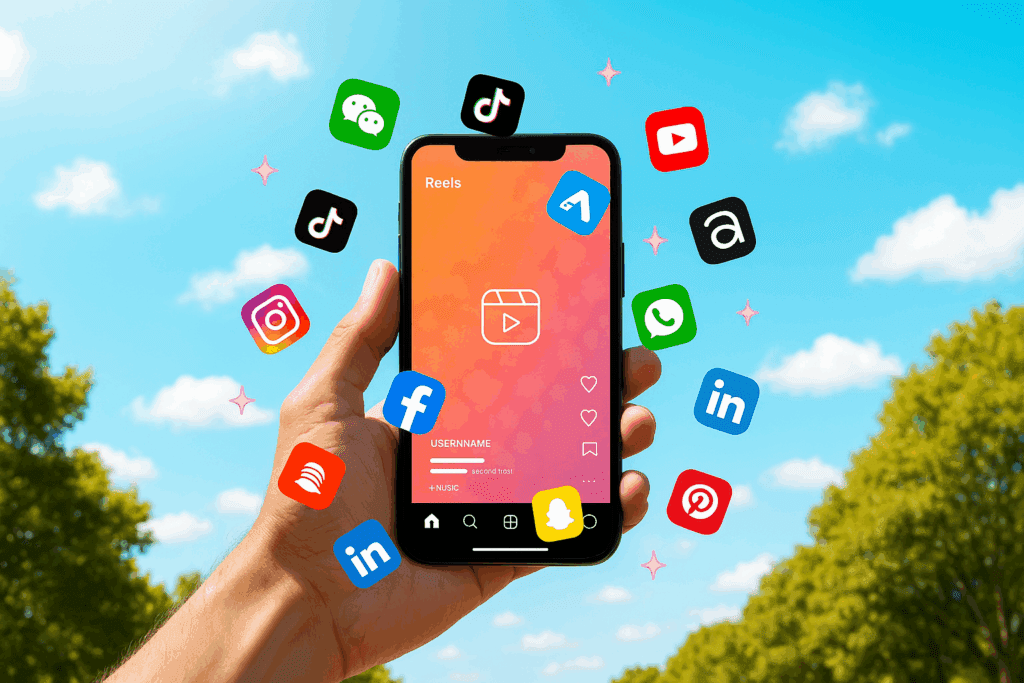
- 1. Four intersecting pillars
| Trend | Attributes | Outcomes |
|---|---|---|
| AI-Driven Marketing | Fast, precise analysis & generation | Lower prod. cost, faster optimization |
| Video Commerce | Interactive, shoppable journeys | Higher engagement & conversion |
| UGC Activation | Authenticity & transparency | Stronger trust, efficient reach |
| AR/VR Immersion | Digital–physical fusion | Higher satisfaction & purchase intent |
- 2. Market trajectory
- 2-1. AI & automation deepen:
Within 12–18 months, AI assists end-to-end from strategy to analytics.
- 2-2. Video-led comms:
Even shorter/more immersive formats rise; interactivity becomes a key ROI lever.
- 2-3. Brand–UGC co-creation:
UGC evolves into co-built platforms, with AI enabling real-time iteration.
- 2-4. Immersion at scale:
Falling device costs and better networks drive mass adoption across retail and travel.
- 3. Strategic recommendations
- 3-1. AI-based data strategy
Stand up an AI-enabled data integration platform
Improve algorithms underpinning personalization
Strengthen privacy/security
- 3-2. Multi-layered video
Blend short + long formats in cross-media plans
Tailor to each platform’s grammar
Institutionalize performance loops for video ads
- 3-3. UGC governance
Transparent policies to preserve authenticity
Update legal/ethical guidelines
Standardize AI-assisted UGC ops
- 3-4. AR/VR optimization
Start small, scale by results
Measure ROI with clear KPIs
Design integrated digital + real experiences
4. Conclusion
As of September 2025, marketing is defined by the integration of AI, video, UGC, and AR/VR. Customer experiences are becoming more individualized and sophisticated. To build durable advantage, brands must treat technology not just as tools but as part of a strategy that fuses data, creativity, and ethics. With change accelerating, now is the time to build sustainable models that deliver short-term wins while compounding long-term brand value.
Our Clients for creative work



















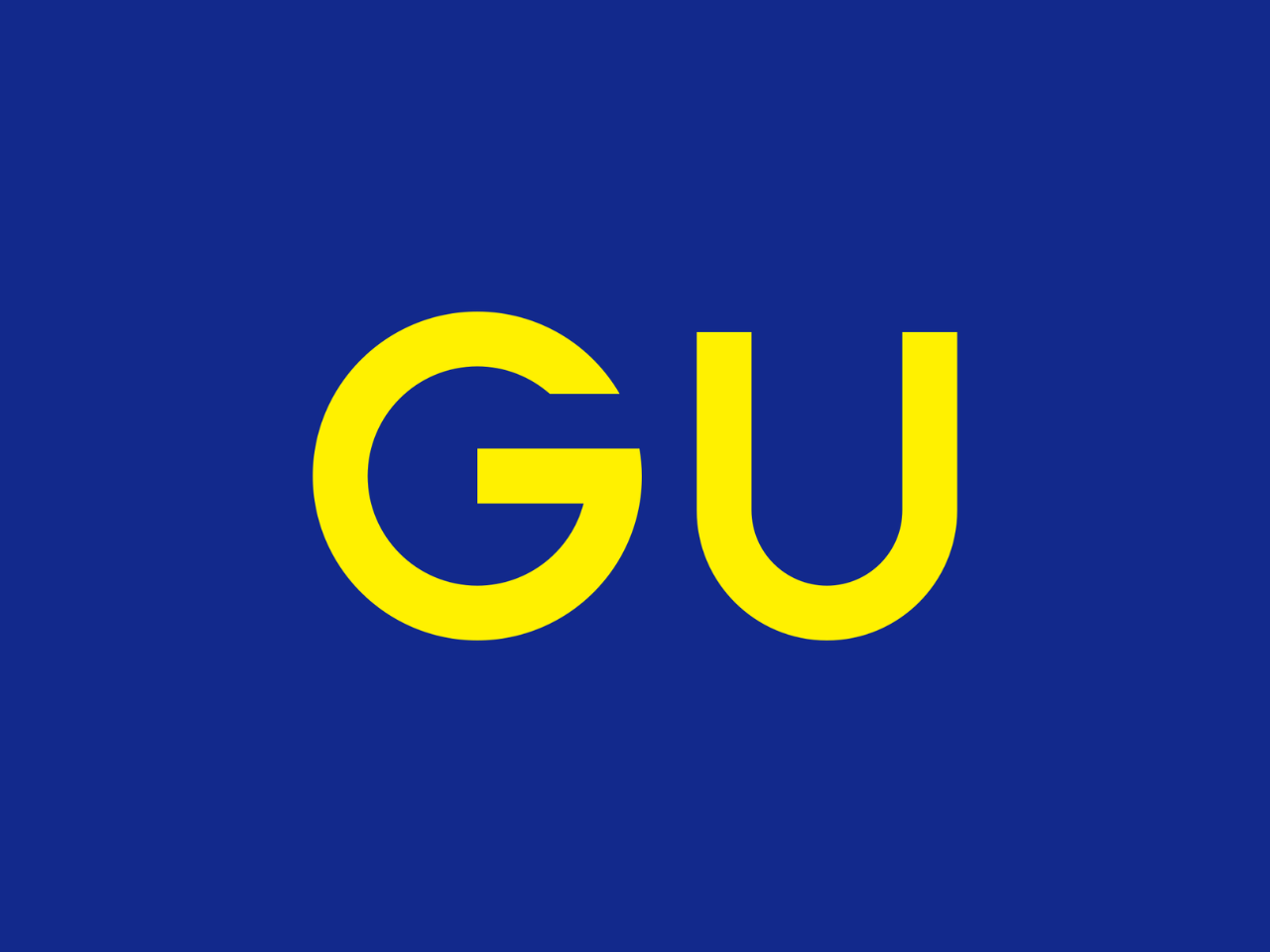
Recruitment Information
We are looking for members who can help each other improve and create new things in a fast-paced environment.
Inquiry
If you have any questions or concerns about our services, please feel free to contact us.

